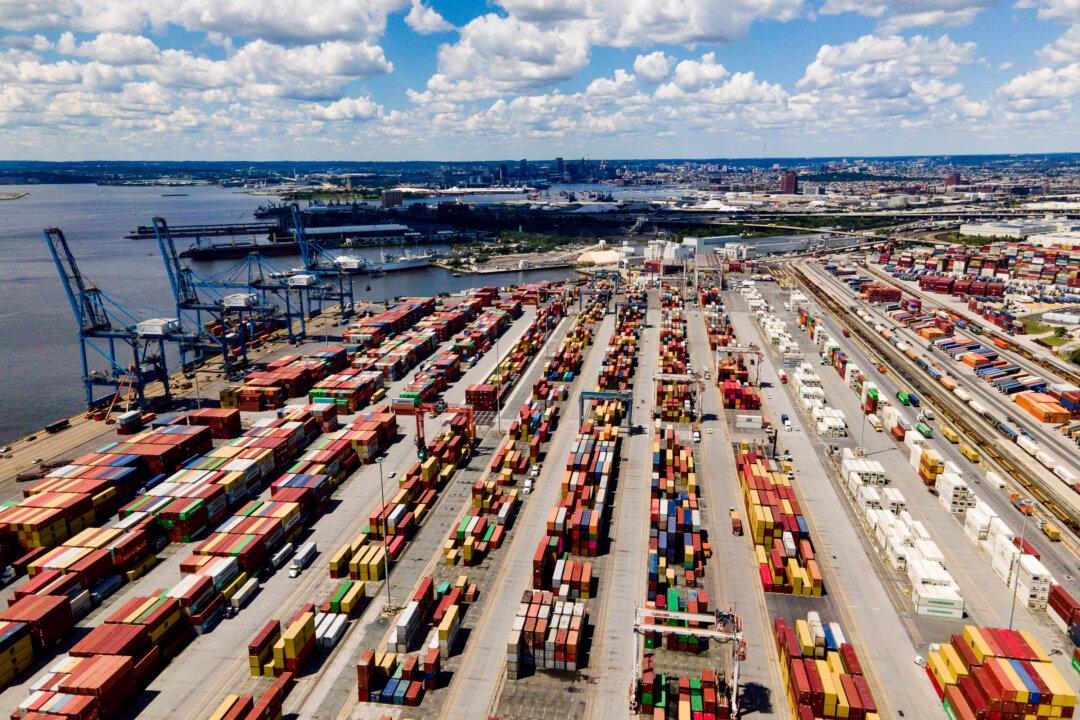The Biden administration is taking a number of actions aimed at bolstering cybersecurity and fending off threats posed by the Chinese Communist Party (CCP) at ports across the United States, the White House has announced.
President Joe Biden signed an executive order on Feb. 21 that will boost the security of the nation’s ports, alongside a series of additional actions that will “strengthen maritime cybersecurity, fortify our supply chains, and strengthen the United States industrial base,” officials said.




